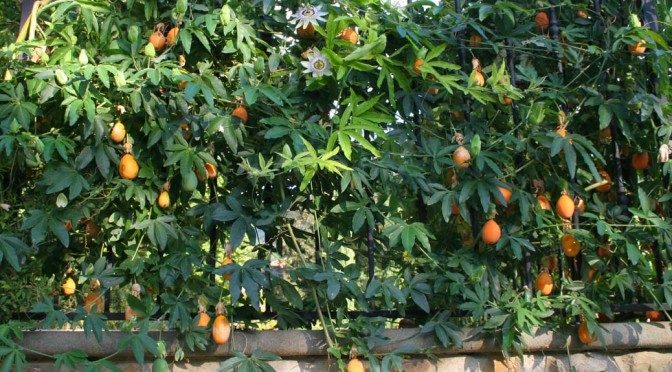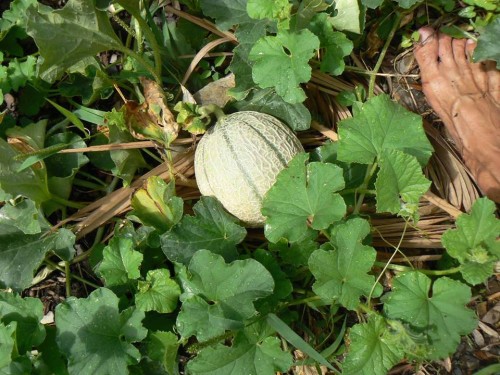Plumeria (Plumeria Tourn. ex L.) pochodzi z Ameryki Środkowej. Nazwa upamiętnia francuskiego botanika Charlesa Plumiera.
Plumeria flowers are most fragrant at night in order to lure sphinx moths to pollinate them. The flowers have no nectar, however, and simply dupe their pollinators. The moths inadvertently pollinate them by transferring pollen from flower to flower in their fruitless search for nectar.
These are now common naturalised plants in southern and southeastern Asia. In local folk beliefs they provide shelter to ghosts and demons. The scent of the Plumeria has been associated with a vampire in Malay folklore, the pontianak; frangipani trees are often planted in cemeteries. They are associated with temples in both Hindu and Buddhist cultures.
wikipedia
















